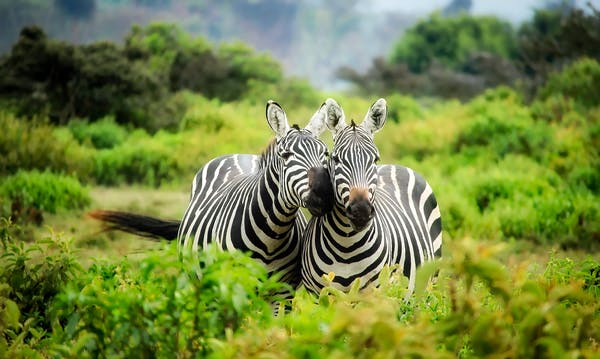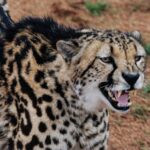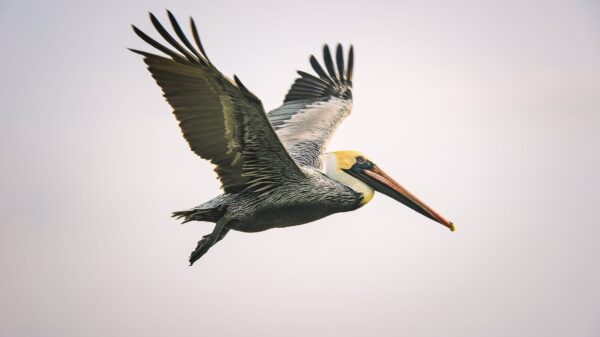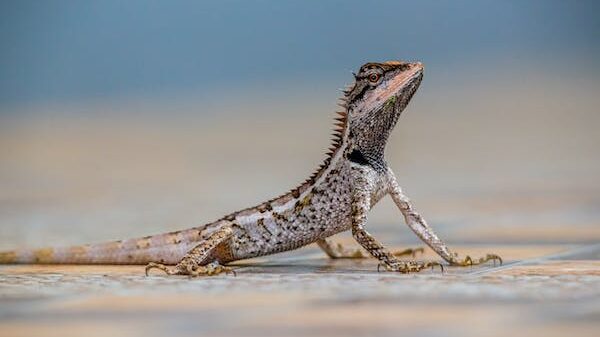Welcome to our blog post, where we celebrate the unsung heroes who are working tirelessly towards preserving our planet’s wildlife. We all know that the natural world is under constant threat from human activities, but behind every great conservation success story, there lies a dedicated individual or group of people whose passion and hard work have made it possible. In this post, we bring you some incredibly inspiring stories of true conservation champions – individuals who have gone above and beyond to save endangered species from extinction and protect precious habitats for generations to come. Get ready to be inspired!
Introduction to Conservation Champions
Conservation champions are those who dedicate their time, energy, and resources to protecting our planet’s wildlife. These inspiring individuals come from all walks of life, but they share a common passion for preserving the Earth’s biodiversity.
From scientists to policymakers to educators, conservation champions are working to ensure that future generations can enjoy the same variety of plant and animal life that we do today. They are developing innovative solutions to the challenges posed by climate change, habitat loss, and other threats to wildlife. And they are sharing their knowledge and expertise with others in order to build a movement for change.
The stories of these inspiring conservation champions show us what is possible when we work together to protect our planet’s wildlife.
Challenges Facing Wildlife Preservation Efforts
Over the past century, many wildlife species have been pushed to the brink of extinction due to habitat loss, hunting, and other human activities. While there have been some successes in preserving these species, the challenges facing conservation efforts are immense.
One of the biggest challenges is funding. Preserving wildlife habitat is expensive, and often requires buying land or leasing it from private landowners. Funding also needs to be secured for long-term management and monitoring of protected areas.
Another challenge is dealing with the complex web of laws and regulations that govern land use and natural resource management. Navigating this bureaucracy can be time-consuming and frustrating, especially for small conservation organizations with limited staff and resources.
In addition, there is often conflict between the goals of conservation and other uses of land, such as forestry, agriculture, or energy development. Balancing these competing interests is a difficult task, and sometimes difficult choices need to be made.
Climate change is an ever-present threat to both wildlife and their habitats. As temperatures rise and weather patterns become more extreme, many species will struggle to adapt. This could lead to widespread extinctions unless we take action now to protect them.
The Impact of Human Activity on Wildlife
The impact of human activity on wildlife is far-reaching and devastating. From habitat loss and fragmentation to pollution and climate change, humans are wreaking havoc on the natural world. This has serious consequences for biodiversity, as well as the health and well-being of both people and animals.
Habitat loss is perhaps the most pressing concern when it comes to the impact of human activity on wildlife. As our populations grow and development expands, we are increasingly encroaching on wild areas. This not only deprives animals of the space they need to live and thrive, but can also lead to fragmentation of habitat, which can further fragment populations and put them at risk.
Pollution is another major threat to wildlife. Pesticides, herbicides, and other chemicals can contaminate food and water sources, making them toxic to both people and animals. These pollutants can also accumulate in the tissues of animals, causing long-term health problems or even death. Climate change is also a growing concern, as it threatens to disrupt entire ecosystems and potentially drive many species to extinction. The impact of human activity on wildlife is clear: we must do better if we want to ensure a future for both people and animals alike.
Successful Examples of Wildlife Preservation Efforts
There are many inspiring stories of successful wildlife preservation efforts. One such story is that of the California condor.
The California condor is a large bird that once ranged throughout North America. However, by the late 20th century, the species had declined to the point where there were only 22 individuals left in the wild.
Fortunately, conservationists took action and established a captive breeding program for the California condor. This program was successful, and today there are over 400 individuals in the wild. The species is still endangered, but it is slowly recovering thanks to the efforts of conservationists.
Another inspiring story is that of the American bison. Once numbering in the millions, this iconic species was brought to the brink of extinction by overhunting in the 19th century. However, thanks to conservation efforts, there are now over 500,000 bison in North America. The species has been successfully reintroduced to many parts of its former range and is no longer in danger of extinction.
These are just two examples of many successful wildlife preservation efforts that have taken place in recent years. Due to the dedication of conservationists, we are slowly but surely reversing the trend of declining biodiversity on our planet.
Ways You Can Help Support Wildlife Conservation Efforts
You can help support wildlife conservation efforts in many ways. Here are some suggestions:
1. Make a donation to a reputable organization that is working to protect and preserve wildlife habitat.
2. Advocate for policies that support wildlife conservation. Write to your elected representatives and let them know your views on this issue.
3. Educate yourself and others about the importance of wildlife conservation and the threats faced by many species. Share this information with family and friends.
4. Get involved in local conservation projects or initiatives. This could include volunteering your time or donating money to a cause that is close to your heart.
5. Purchase products that are certified as being sustainable or that support sustainable management of natural resources, including wildlife habitat.
Conclusion
Conservation Champions have shown us that it is possible to protect wildlife and the environment. Through their inspiring stories, they remind us of our responsibility as global citizens to be mindful of the way we use natural resources and how our actions can make a positive difference in preserving wildlife and making sure our planet stays healthy for generations to come. By doing what we can on an individual level, collectively, we can help create a brighter future for all living creatures on this earth.










